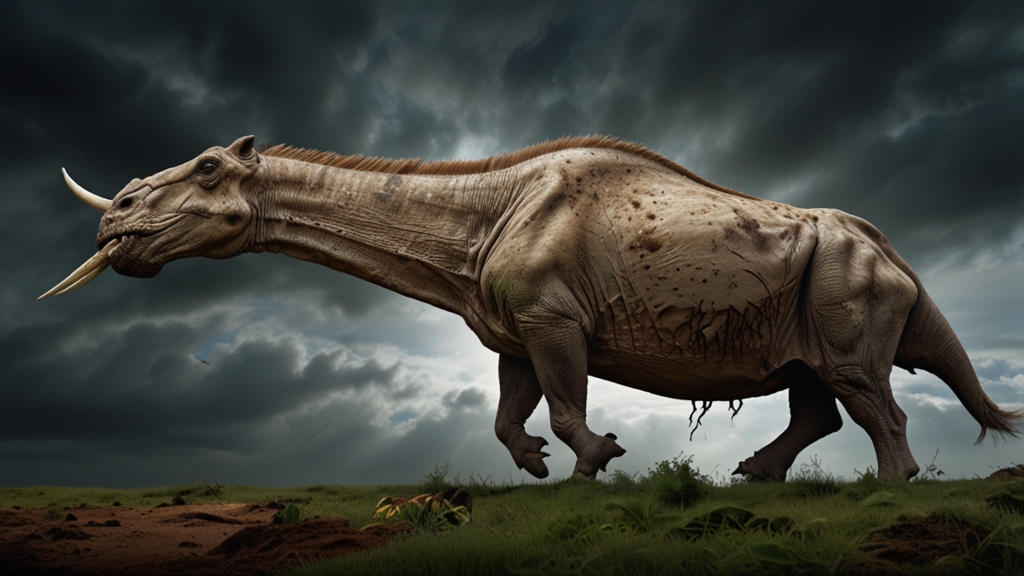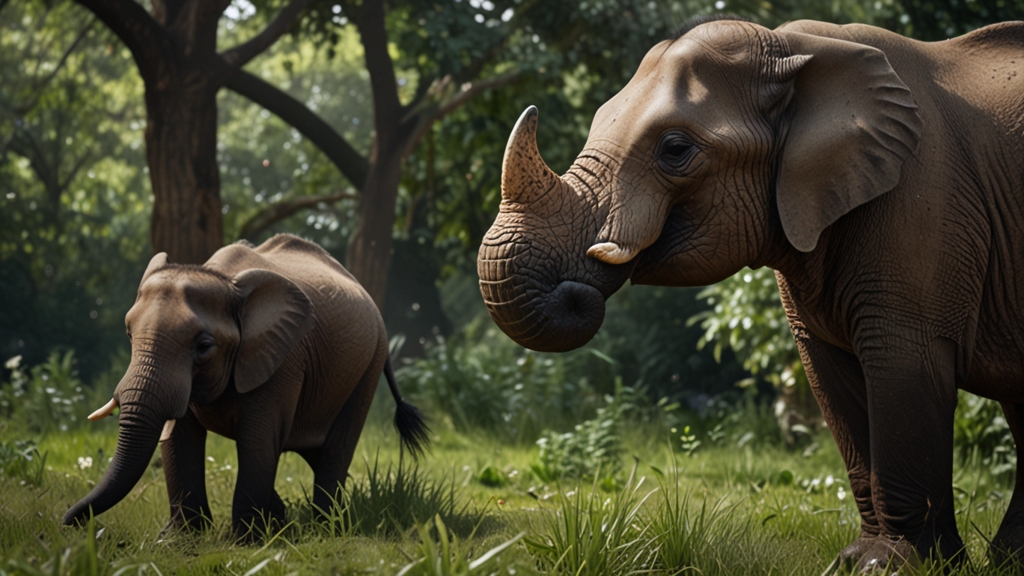What We Can Learn from Nature's Failures: The Biology of Extinction
Extinction is a natural part of evolution, an inherent process that has shaped life on Earth for billions of years. While the word itself often evokes images of tragedy and loss, the phenomenon of extinction also carries valuable lessons for the scientific community and humanity at large. Understanding why species disappear can provide profound insights into the mechanisms driving evolution, adaptation, and biodiversity.
The Inevitable Course of Life
In the grand tapestry of Earth’s history, many species have come and gone. Approximately 99% of all species that have ever existed are now extinct, a statistic that underscores the transient nature of life. Extinction events are categorized into two types: background extinctions and mass extinctions. Background extinctions occur at a relatively steady rate as species fail to adapt to gradual changes in their environment. Conversely, mass extinctions are rapid, large-scale events that eliminate a significant percentage of Earth's biodiversity in a relatively short time.
"The history of life on Earth is punctuated by five major mass extinction events, including the well-known Cretaceous-Paleogene event that famously wiped out the dinosaurs approximately 66 million years ago."
Causes of Extinction
Extinctions can be triggered by a variety of factors, both intrinsic and extrinsic. Intrinsic factors include genetic problems like inbreeding and a lack of genetic diversity, while extrinsic factors encompass environmental changes such as climate shifts, volcanic eruptions, and asteroid impacts. Human activities—such as habitat destruction, pollution, and overharvesting—have accelerated the rate of extinctions dramatically, ushering in what many scientists refer to as the sixth mass extinction.
"Human-induced factors have made us a key player in the current extinction crisis, emphasizing the need for collective action and responsible stewardship of our planet's resources."
Lessons from Extinction
Though often seen in a negative light, extinction also serves as a mirror reflecting the dynamics of adaptation and survival. Here are key takeaways from studying the biology of extinction:
1. The Importance of Genetic Diversity
One of the primary reasons species go extinct is a lack of genetic diversity, which compromises their ability to adapt to changing conditions. The preservation of genetic variety within populations is critical for resilience against diseases, climate fluctuations, and other environmental stresses.
2. The Role of Ecosystem Balance
Every species plays a unique role in its ecosystem, contributing to the overall balance and health of the environment. The loss of a single species can ripple through the food web, affecting numerous other organisms. This interconnectedness underscores the importance of biodiversity and the need to protect entire ecosystems rather than focusing narrowly on individual species.
3. Human Impact and Responsibility
Human activities are the leading cause of current extinction rates. Habitat destruction, pollution, and climate change are exacerbating the fragility of many species. Understanding our role in this crisis can guide more effective conservation efforts and policies. By protecting habitats, reducing carbon footprints, and fostering sustainable practices, we can mitigate our impact on biodiversity.
"Conservation isn’t merely about saving individual species but about maintaining the intricate web of life that supports all organisms, including humans."
Conclusion
While extinctions have shaped life on Earth, they also highlight the delicate balance required to sustain biodiversity. Studying nature’s failures offers valuable lessons in genetic diversity, ecosystem balance, and the profound impact of human activities. As stewards of the planet, it is imperative that we heed these lessons, using our knowledge to foster a more resilient and diverse natural world. The future of countless species, including our own, hinges on our ability to learn from the past and act wisely in the present.








